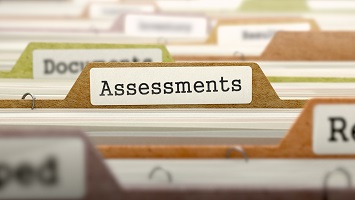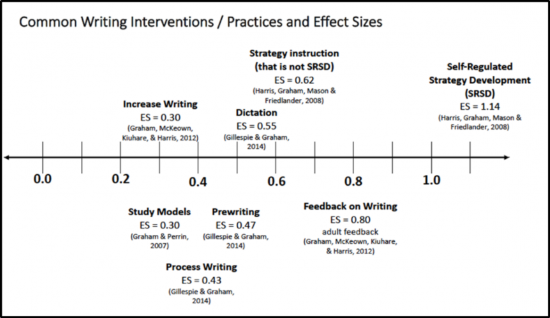What does he attribute these positive student outcomes to?
Nick starts the year by explicitly instructing students in both behavioral expectations and academic content and strategies. After teaching behavioral expectations, Nick posts them in the classroom and frequently acknowledges students for meeting them. Nick’s students earn points that directly correlate to the classroom expectations. These points serve as data and both students and staff monitor progress towards meeting behavioral goals.
Just as Nick teaches behavior, he explicitly instructs students in academic content and student learning strategies. After a review and introduction to a lesson, where he provides the purpose for the lesson, the objective, and activates students’ prior knowledge, Nick: 1) explicitly teaches vocabulary that students will encounter during the lesson; 2) verbally and visually explains content and strategies, and; 3) models concepts and skills using language and concepts that are accessible and interesting to his students.


 Data-Driven Decision-Making
Data-Driven Decision-Making  Increasing Post-School Success through Interagency Collaboration
Increasing Post-School Success through Interagency Collaboration  How Can We Improve Deeper Learning for Students with Disabilities?
How Can We Improve Deeper Learning for Students with Disabilities?  Positive Classroom Management: Creating an Environment for Learning
Positive Classroom Management: Creating an Environment for Learning  Self-Determination Skills Empower Students of All Ages
Self-Determination Skills Empower Students of All Ages  Fidelity of Implementation: What is it and Why does it Matter?
Fidelity of Implementation: What is it and Why does it Matter?  Rethinking Classroom Assessment
Rethinking Classroom Assessment  A Three-Step Approach to Identifying Developmentally Appropriate Practices
A Three-Step Approach to Identifying Developmentally Appropriate Practices  Transforming Evidence-Based Practices into Usable Innovations: A Case Study with SRSD
Transforming Evidence-Based Practices into Usable Innovations: A Case Study with SRSD